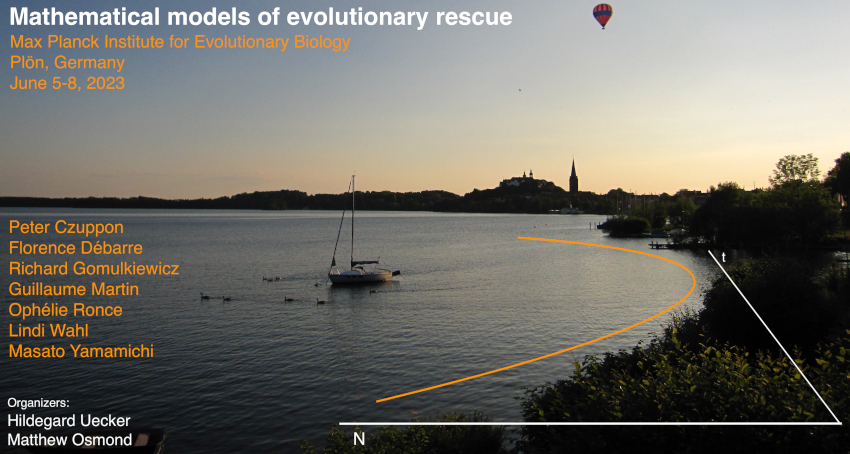Speaker
Description
Populations of microbial pathogens or cancer cells possess enormous adaptive potential that allows them to emerge from homeostatic regulations for example by the immune system. From a reductionistic viewpoint, the fundamental processes in such populations are replication, mutation and death. Using traits to represent these processes, the emergence from homeostatic regulation can be understood as an uphill walk on a fitness landscape, similar to the classical scenarios of evolutionary rescue. Particularly for a fitness landscape spanned by replication rate and death rate different treatment types exist to tamper with this adaptive walk. How such treatment types affect the trajectory of adaptation in trait space is not clear. In this contribution, I will tackle this question and present i) which exact trajectory a population takes in trait space, ii) how this trajectory is affected by treatment, and iii) how treatments that target either the population size via bottlenecks or the traits via static and toxic drugs differ. Further, I will discuss the fitness gradients that prescribe the adaptation and show that the information on such fitness gradients can guide effective treatment strategies.

